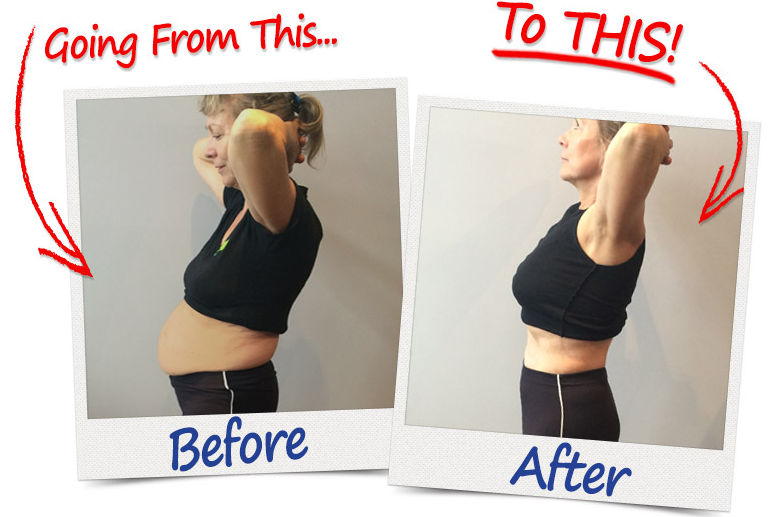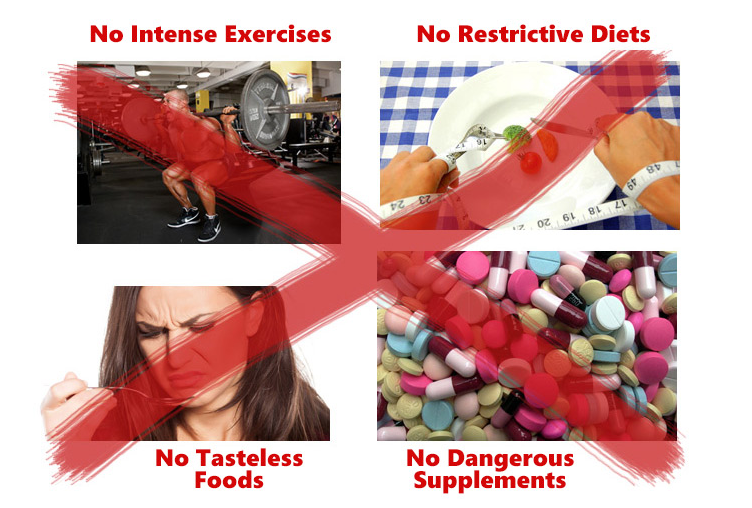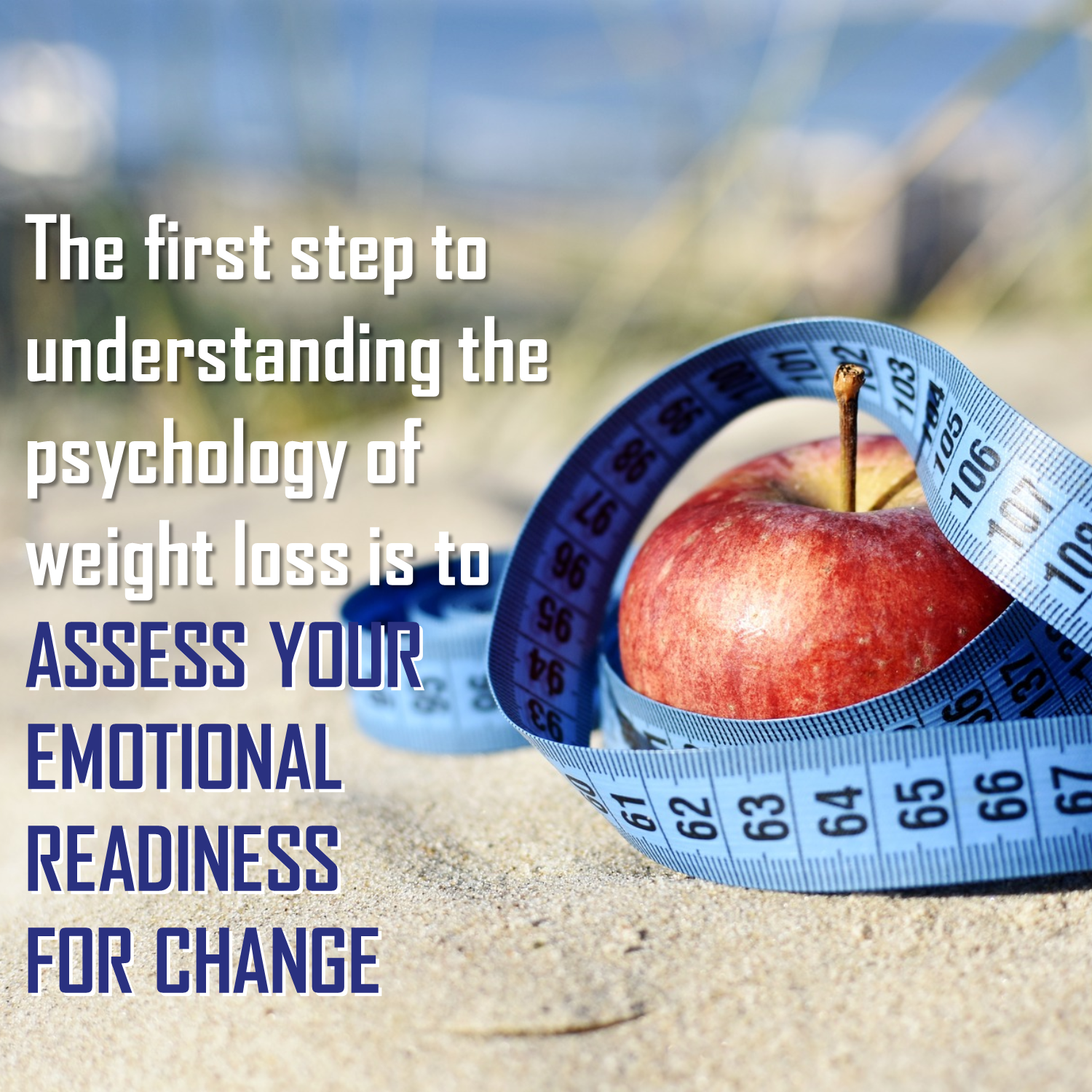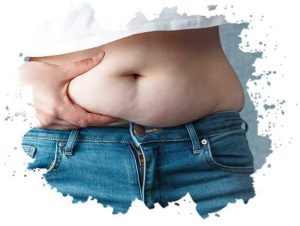A well-designed Weight Loss and Exercise Plan is the key to achieving and maintaining a healthier lifestyle. By combining structured exercise routines, balanced nutrition, and a focus on mental well-being, you can create a personalized plan that works for your specific needs and goals. This guide will walk you through every step of building an effective plan, ensuring you stay motivated and achieve sustainable results.



Why You NEED A Weight Loss and Exercise Plan
Providing a Framework for Long-Term Possibilities
For achieving weight loss results that you can retain, you need a plan. It guides you to chunk your final goal into feasible, attainable action steps. Instead of being confused about where to start, you will be presented with a clearly defined roadmap to guide you through the relevant stages of your journey.
And structure also helps in keeping you accountable. When you schedule your workouts, meals and rest days ahead of time, you build a routine that encourages consistency. It guarantees that minor, good actions aggregate to monumental tweeters.
The Importance of Exercise and Nutrition
Exercise and nutrition: The two sides of the weight loss coin Exercise burns calories, builds strength and revs up your metabolism; nutrition supplies the fuel your body needs to perform and recover. Combined, they build a well-rounded, whole approach to make the most out of your weight-loss endeavors!
Even the hardest workout routine can be undone by a lack of nutrition. Exercising alone will not get you the best possible fitness either, unless you eat a healthy diet. If you integrate both, you become a holistic transformation.
Components of an Effective Weight Loss and Exercise Plan
Setting Realistic Goals
Applying the SMART Goal Principles
Well-defined and accomplished goals lay the ground work for any successful plan. SMART goals—Specific, Measurable, Achievable, Relevant and Time-bound—guide you to stay on the course. But it just sounds vague—somewhere between a lose-10-pounds-in-three-month goal (a workable example might be working out five days a week and eating about half your meals at home), or an end goal in your exercise routine (to run a 10K, or swim two miles, or something comparable)—there are so many ways to break it down.
Making the First Step to Goals
Splitting your goals into smaller milestones can take the edge off the journey. Instead of just celebrating the 10 pounds lost, celebrate the milestones along the way, like losing two pounds in two weeks, or getting your first month of workouts under your belt.
Layout of your Weight Loss and Exercise Plan
Weight Training To Burn Fat
One of the best ways to drop that weight and build a lean physique is through strength training. It helps build muscle mass, which bounces up your metabolism and aids to burn more calories while at rest. Focusing on compound exercises such as squats, deadlifts, and bench presses will work several bady parts at the same time.
Cardio for Calorie Burn
Aerobic workouts, whether it be exercising, biking, or riding, do miracles for burning energy. HIIT training is another great fat-loss method as it consists of quick spurts of high intensity physical activity followed by rest intervals. This type of training burns lots of calories in a short time and has you metabolically elevated for hours post workout.

Flexibility and Recovery Exercises
Incorporating flexibility exercises like yoga or Pilates into your weight loss and exercise plan reduces the risk of injury and improves mobility. Recovery-focused activities, such as stretching or foam rolling, enhance muscle repair and help you feel refreshed for your next workout.
Planning a Nutrition Strategy
Eating a Balanced Diet
Your diet plays a pivotal role in weight loss. A balanced diet includes:
- Lean Proteins: Such as chicken, fish, tofu, and beans, for muscle repair and satiety.
- Complex Carbohydrates: Like quinoa, brown rice, and sweet potatoes, for sustained energy.
- Healthy Fats: Found in avocados, nuts, and olive oil, to support overall health.
Importance of Portion Control
Portion control prevents overeating, even when consuming healthy foods. Using smaller plates, measuring servings, or pre-portioning snacks can help you avoid unintentional overindulgence.
Hydration for Weight Loss
Staying hydrated is often overlooked but is crucial for weight loss. Water aids digestion, supports metabolism, and helps control hunger. Drinking a glass of water before meals can reduce calorie intake.
Tips for Staying Motivated
Tracking Progress
Tracking your progress keeps you motivated and provides a sense of accomplishment. Use fitness apps, journals, or progress photos to document your journey. Whether it’s losing inches, lifting heavier weights, or running faster, seeing tangible results reinforces your efforts.
Finding a Support Network
Having a support system makes a world of difference. Join a fitness class, partner with a workout buddy, or engage in online fitness communities. Sharing your challenges and successes with like-minded individuals creates accountability and keeps you inspired.
Rewarding Yourself for Milestones
Celebrating small wins keeps you motivated. Non-food rewards, like buying new workout gear or treating yourself to a massage, can be great incentives to stay on track.
Common Mistakes to Avoid in Weight Loss and Exercise Plan
Overtraining
While enthusiasm is great, overtraining can lead to burnout and injuries. Your body needs time to recover, so include rest days in your plan. Listen to your body—fatigue or persistent soreness may signal the need for a break.
Relying Solely on Exercise
Exercise alone won’t lead to significant weight loss if your diet isn’t aligned with your goals. Avoid the common mistake of thinking you can out-exercise a poor diet. A calorie deficit achieved through both nutrition and exercise is the key to success.
Falling for Quick Fixes
Crash diets and miracle products promise rapid results but often do more harm than good. These approaches are unsustainable and can lead to nutrient deficiencies or rebound weight gain. Focus on consistent, long-term habits instead.
The Benefits of a Weight Loss and Exercise Plan
Physical Benefits
A well-rounded plan improves your physical health in numerous ways, including:
- Enhanced cardiovascular health.
- Increased muscle strength and endurance.
- Better flexibility and reduced risk of injuries.
Regular exercise and proper nutrition also lower the risk of chronic diseases like diabetes and hypertension.





Mental and Emotional Health Improvements
Exercise is a natural mood booster, thanks to the release of endorphins. It reduces stress, combats anxiety, and improves mental clarity. Additionally, achieving your fitness goals builds a sense of accomplishment and self-worth.
Enhanced Confidence and Energy Levels
As your body becomes fitter and healthier, your confidence grows. Increased energy levels from regular exercise and a balanced diet make daily tasks more manageable and enjoyable.
Conclusion: Weight Loss and Exercise Plan
A personalized weight loss and exercise plan is your gateway to a healthier, more fulfilling life. By setting realistic goals, maintaining a balanced diet, and designing an exercise routine you enjoy, you’ll create a plan that works for you. Remember, progress takes time, so stay consistent and celebrate every milestone along the way. Start your journey today—you’re worth it!
FAQs About Weight Loss and Exercise Plans
1. How often should I exercise to lose weight?
Aim for 4-5 workouts per week, including both strength training and cardio sessions.
2. Can I lose weight without counting calories?
Yes, focusing on portion control and whole foods can help, but tracking adds precision.
3. What’s the best type of exercise for beginners?
Low-impact activities like walking, swimming, or yoga are great starting points.
4. How do I stay consistent with my plan?
Set achievable goals, track progress, and find enjoyable activities to stay motivated.
5. How soon will I see results from my plan?
Most people notice changes within 4-6 weeks with consistent effort in diet and exercise.





